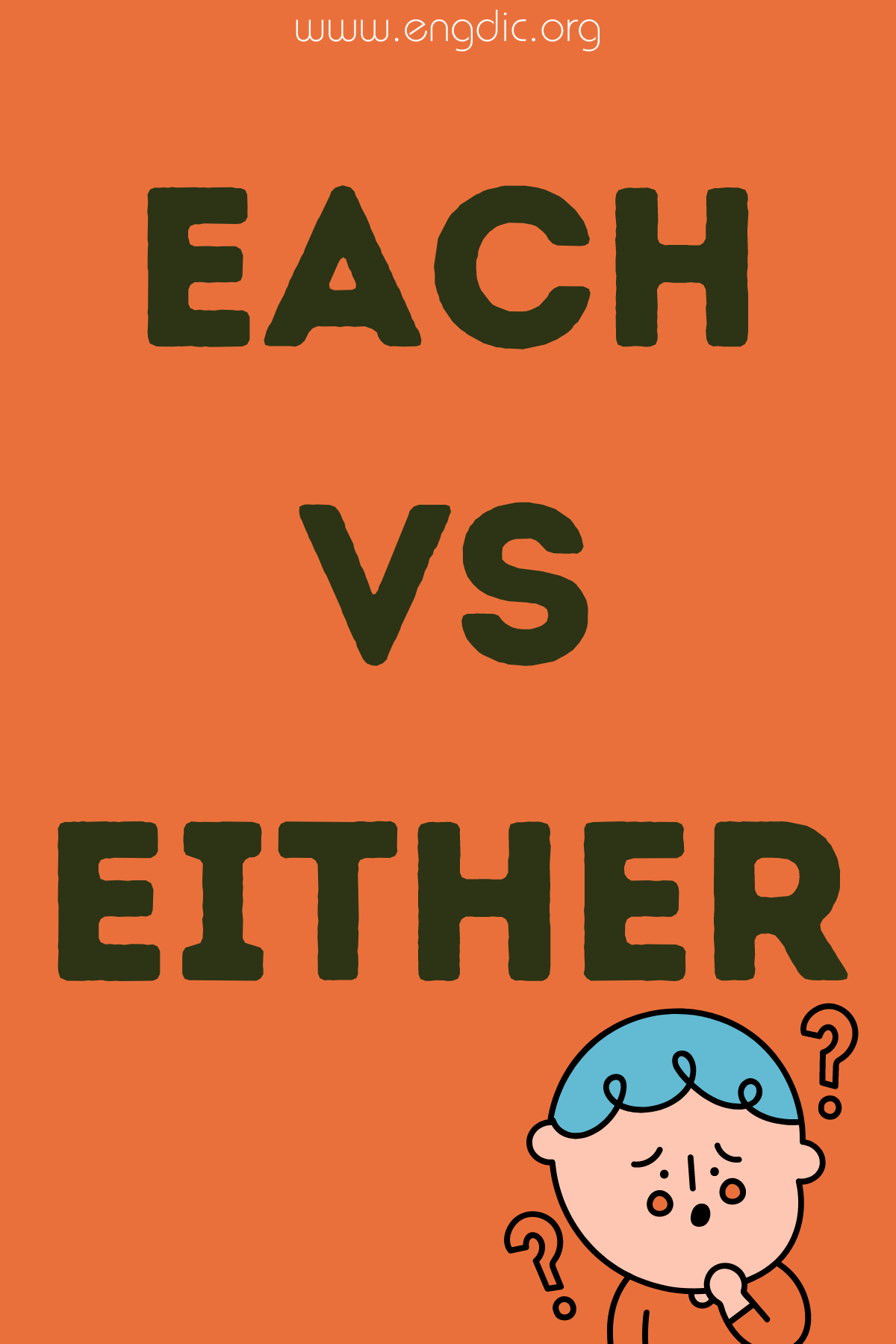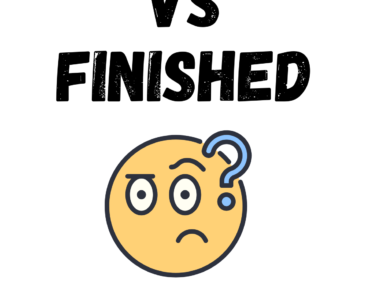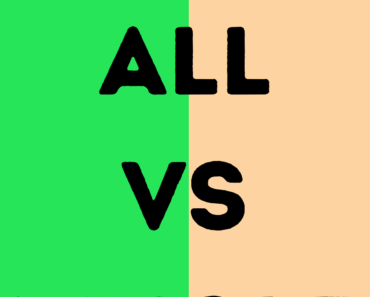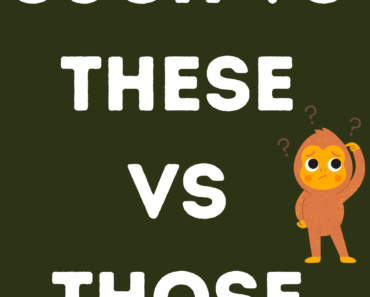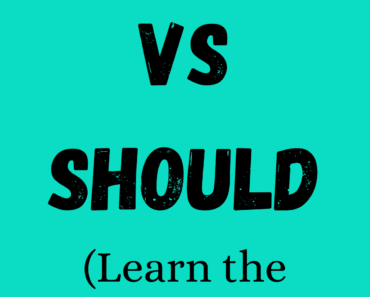When distinguishing between “each” and “either,” it’s essential to understand that they serve different grammatical roles and contexts. “Each” refers to all members of a group considered individually, emphasizing every single one without exception. It is used when the action or statement applies universally within the group.
Conversely, “either” is used to refer to one of two items or choices, emphasizing an option between two possibilities without specifying which one. It simplifies the decision-making process by reducing the number of options to two.
Definition of Each
Each is a determiner or pronoun that refers to every one of two or more people or things, considered and identified separately.
Usage and Examples of Each
- As a determiner: When “each” is used as a determiner, it precedes a noun and implies that the statement applies to every individual member of a group.
- Example: Each student must submit their assignment by Friday.
- As a pronoun: “Each” can also stand alone as a pronoun, replacing the noun while still referring to the members of the group individually.
- Example: The students submitted their assignments; each was graded fairly.
- With numbers: “Each” is often used with numbers to indicate the distribution.
- Example: They bought four apples each.
Definition of Either
Either functions as a determiner, pronoun, or conjunction. As a determiner or pronoun, it refers to one or the other of two. As a conjunction, it is used in correlation with “or” to indicate a choice between two possibilities.
Usage and Examples of Either
- As a determiner: “Either” can be used to refer to one of two choices or possibilities.
- Example: You can take either the red apple or the green apple.
- As a pronoun: When used as a pronoun, “either” replaces the noun in scenarios where there are only two possibilities.
- Example: Both shirts are nice; you can wear either.
- As a conjunction: “Either” is often paired with “or” when presenting two alternatives.
- Example: Either come in time or call to let us know you’ll be late.
Understanding these differences helps clarify communication, especially in contexts requiring precise information about choices or individual members of a group.
